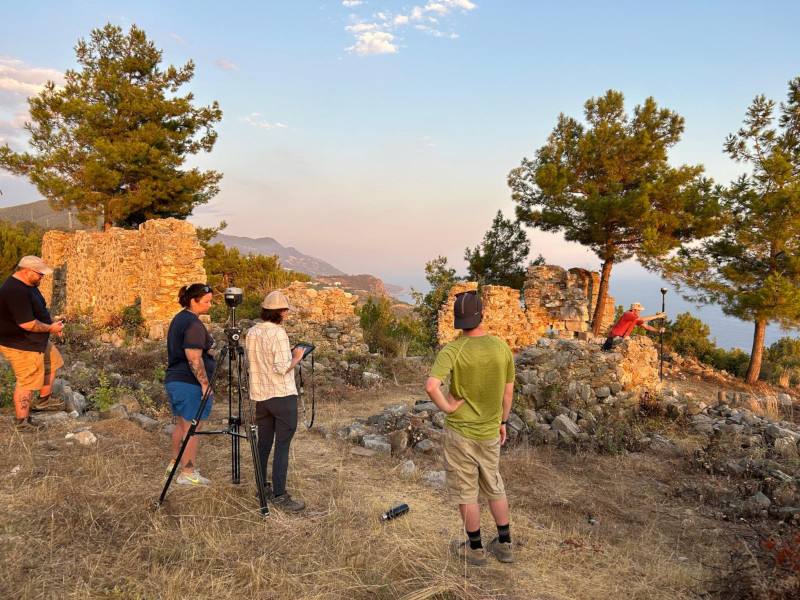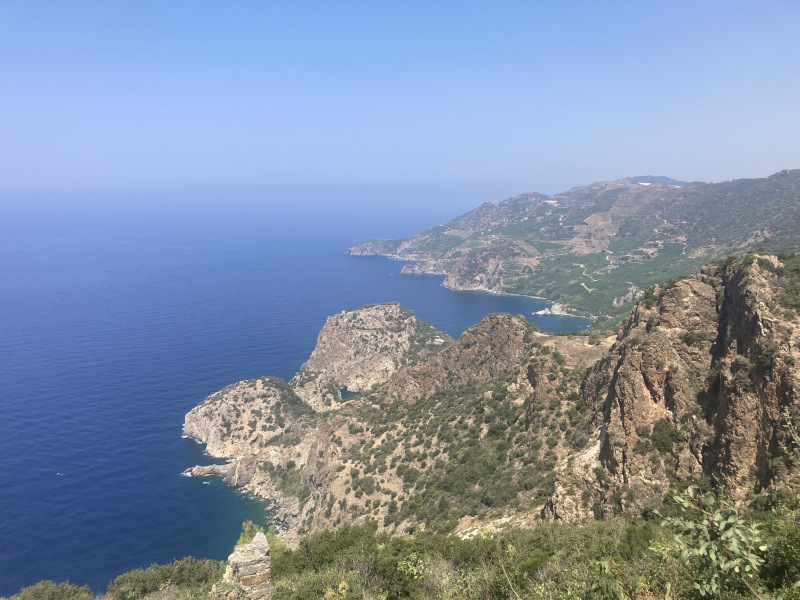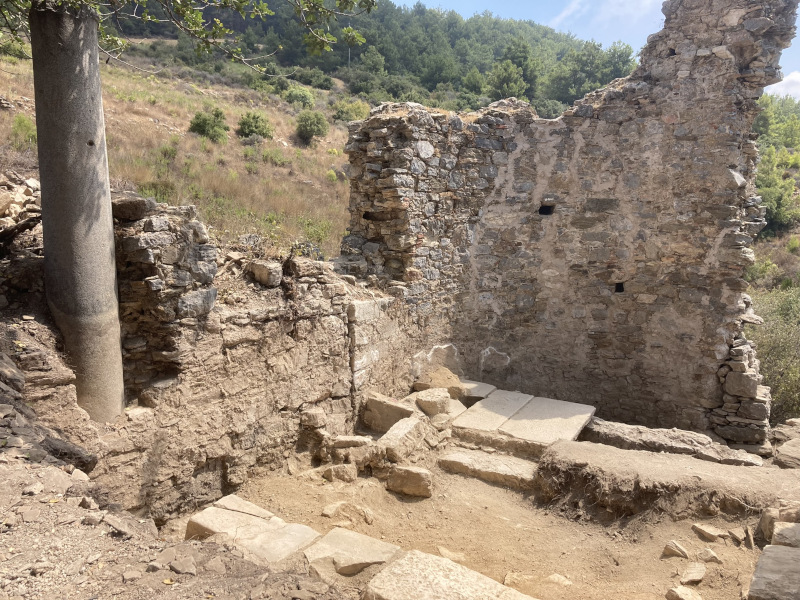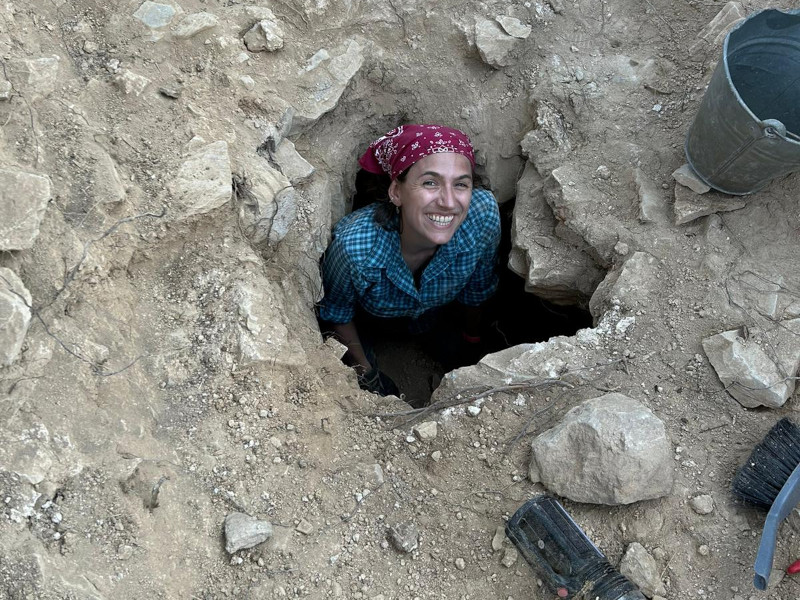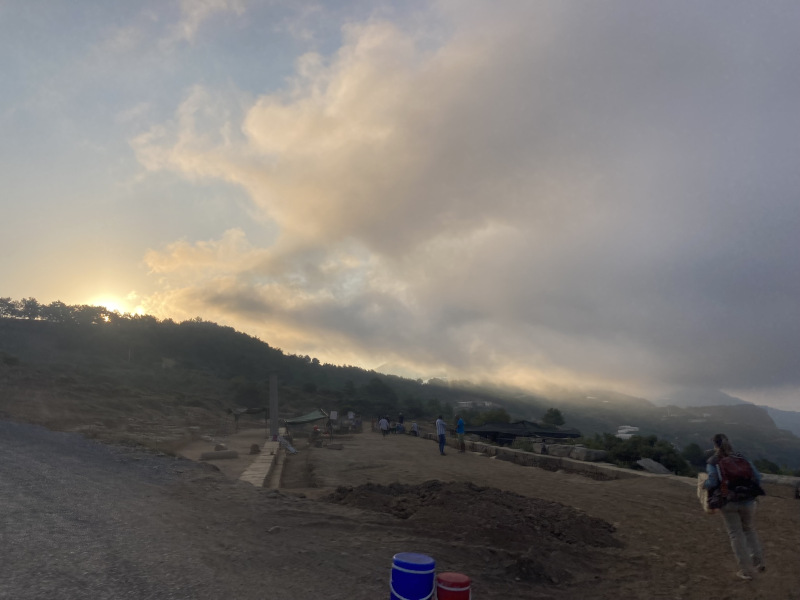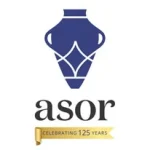
A Day in the Life at the East Church, Antiochia ad Cragum
Liza Davis, 2024 Member-Supported Fellowship Recipient
This summer, I had the privilege of working as a trench supervisor at Antiochia ad Cragum, a Roman city located outside of Gazipaşa, Türkiye. Antiochia was an important regional hub and boasted a large colonnaded street lined with shops, multiple baths, areas for the production of olive oil and wine, monumental tombs, and several early Christian churches. In the 2024 season, excavation began on an east-facing apsidal building located on the road approaching the city’s Main Gate from the east. This building has been described as a church by earlier researchers, and so we decided to creatively title this new area of excavation the East Church.
Daily life as an excavator at Antiochia quickly fell into a pleasant routine. We left Gazipaşa around 5:30 and arrived at site by 6:00 AM, early enough to see the sun rising and watch flocks of swallows soaring high overhead. Breakfast is served on site by Ayşe, a woman from the nearby village of Güney and the wife of Rahmi the site guard. For the uninitiated, Turkish breakfast is quite the spread: tomatoes, cucumbers, olives, a variety of cheeses, jams and jellies, and bottomless ekmek (bread). Sometimes there would be hard-boiled eggs, borek (a savory pastry made from phyllo dough, cheese, and parsley), or potatoes with scrambled eggs. And, of course, strong Turkish çay (tea) served in the ubiquitous glass cups and sweetened with as many cubes of sugar as you desire.
